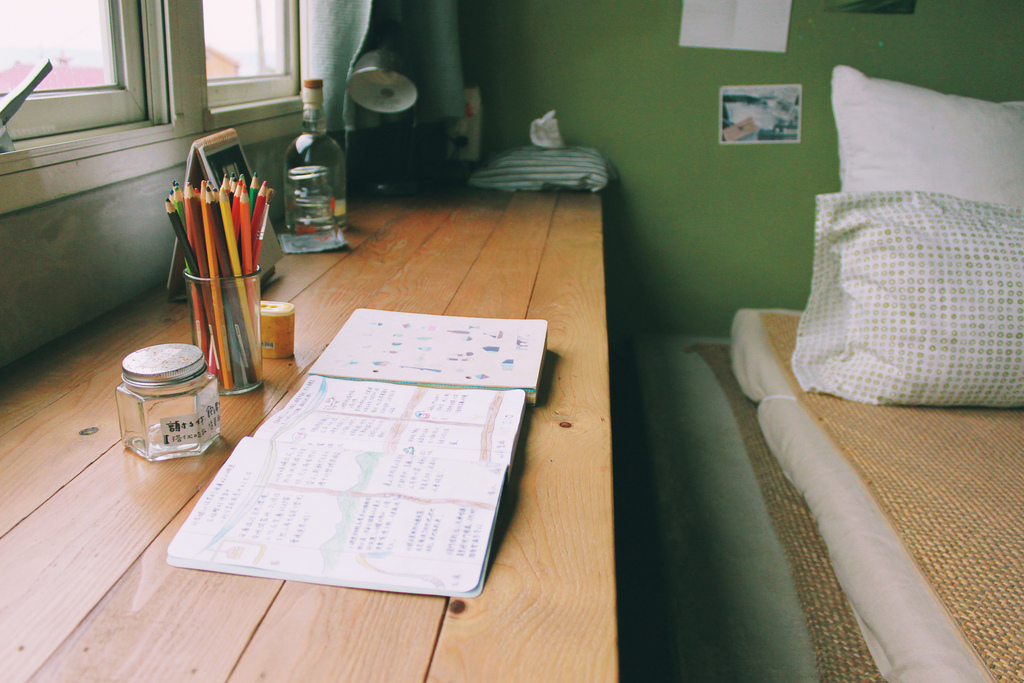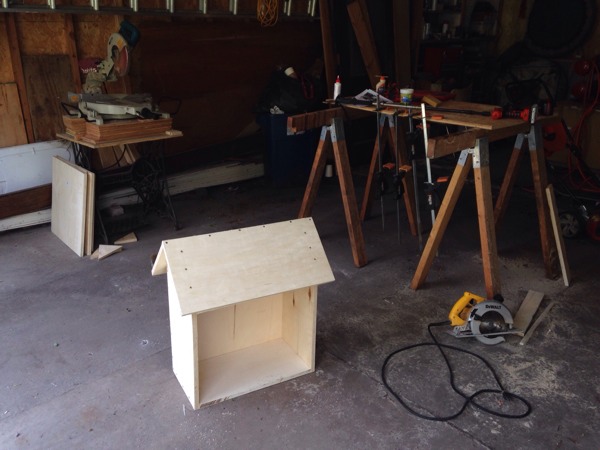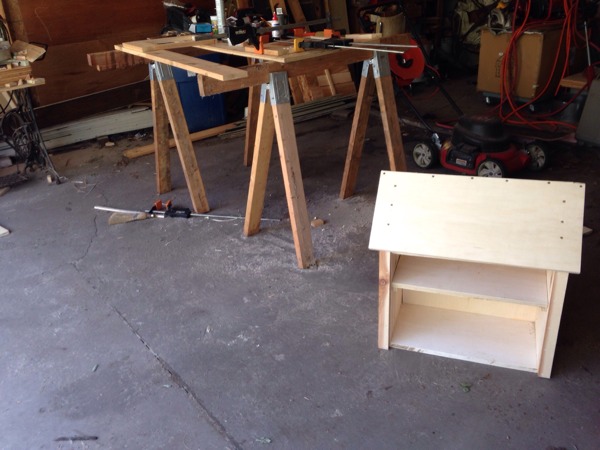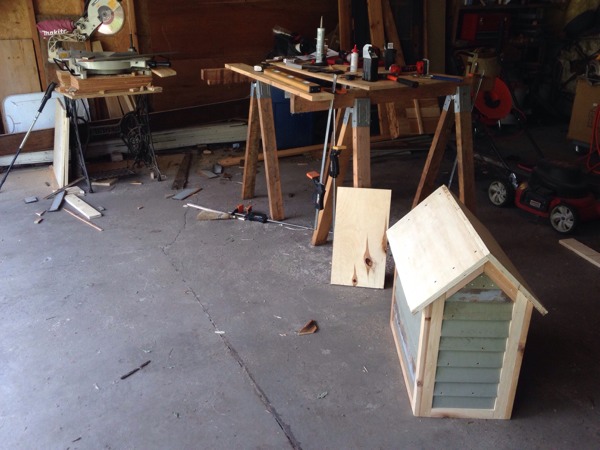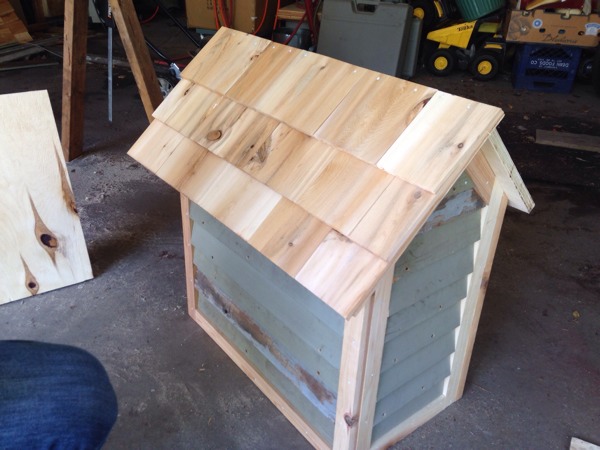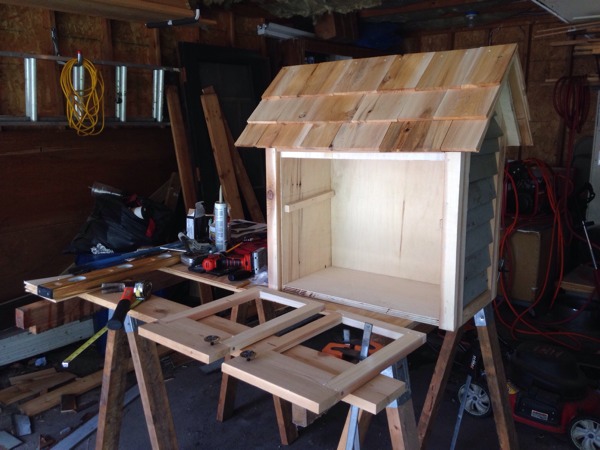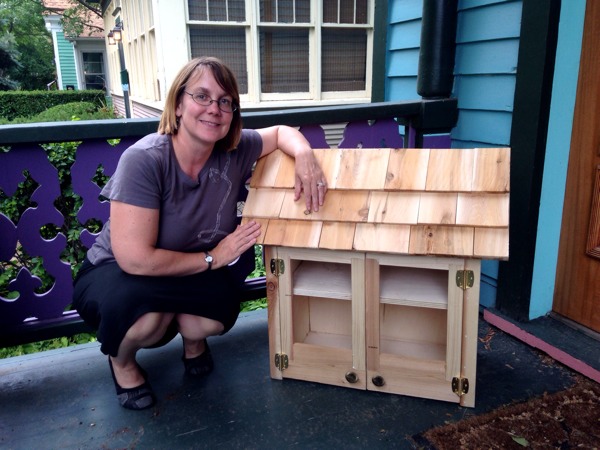A persuasive confessional for The Cramped by Andy Welfle
I’ve always been in love with the technology behind the act of writing. Given a pen, pencil, eraser, paintbrush, notebook or other piece of scribomechanica, I’d play with it for hours. My grandmother used to sit me down and let me try out her manual typewriter; a 1970s-era Underwood speckled with white-out flecks and a dual-colored ribbon loaded in. We played with her fountain pens, and one of my favorite possessions is an old, 70 year-old dusky blue Esterbrook Dollar Pen that I inherited after she died. It still works like a champ.
As a kid, I used pencils as much as anyone. A child of the 90s, I used those thick, untipped blue pencils given to me in grade school, bright, neon Yikes! pencils in middle-school, and the ubiquitous Bic Matic mechanicals in high school.
I lost touch with graphite in college, though. I had some spending money for nice rollerball pens, and I found myself typing notes as often as I wrote them.
After college, though, I had a reunion. I was working as an administrator for a small nonprofit, and my day consisted of writing little lists of things to do, erasing line items, re-writing them, and doing it all over again. I’d pencil in appointments, erase parts of the entry, and rewrite.
A pencil was perfect for all this.
I realized that I was born again. I did a little research, found some nice pencils, and marveled at how much better an experience quality pencils provided than cheaper, generic big-box-mart could ever give. That led to writing about them, which led to pencil blogging.
So it’s hard to condense why I like pencils into one post. I’ll try, but I have to break my reasons into two categories of apologetics: the high-minded philosophical reasons, and the pragmatic, practical reasons.
The Philosophical
Using a pencil ushers you into a long, grand tradition of writing. This is the argument that I think appeals most to fountain pen users who are pencil-curious. Like fountain pens, pencils are a tribute to technologies gone by, like shaving with a straight razor or driving a car with a manual transmission. Ernest Hemingway wrote about his pencils. So did John Steinbeck. Heck, Henry David Thoreau was born into a family of pencil-makers and worked at his father’s pencil factory.
Using a pencil is the purest form of writing, without getting your fingers dirty. There’s essentially no difference between writing with your pencil and drawing on a cave wall with a charred stick. Sure, the formula has been refined and the stick has been encased in wood, but in practice, it’s the same — just rub some carbon off onto a flat surface. It’s built into your psyche; your ancestors have been doing it for tens of thousands of years.
Pencils offer a lesson in temporality. Life is fleeting, and so is your pencil. My grandmother’s 70 year-old Esterbrook, if I keep it in good condition, will probably go another 70 years. But even the best pencil, no matter how well I take care of it, will disappear with use. It’s fundamentally selfless — in order for me to create, it destructs. And if it has an eraser, it absolves me from my mistakes with literal pieces of itself.
(Don’t worry, I won’t take this metaphor to a Messianic level.)
Let’s get back down to earth, shall we?
The Practical
Pencils are dang cheap. A decent fountain pen will cost you — what? — Sixty bucks? A nice, disposable rollerball will sell for four or five dollars each. With a few scant exceptions, the nicest wooden pencils you can buy will cost less than two dollars each. Some of my favorite pencils, the Palomino Golden Bears, are three dollars. For a dozen.
The tip is adjustable. For writers, like me, this isn’t as big a deal as it is for artists. If you’re handy with a knife, or have some nice sharpening equipment, you can put as fine a point or as blunt a nub on a pencil as you choose and really vary the thickness of the line. I, myself, prefer a long, sharp point, fine enough to easily stab someone, but I know those who write bigger and want something with which they can apply pressure to paper without breaking.
Graphite is fade proof and waterproof. Okay, so it’s not rub-proof, But it’s great for writing in extreme weather conditions. You know that thing that’s been going around about how during the great race to space, the Americans spent millions of dollars developing a pen that writes in zero-gravity, and the Russians just used a pencils? Okay, that’s been debunked. But, if it’s pouring rain and you’re out in the field with a Rite-in-the-Rain notepad, you’re golden.
There are a lot of cool, interesting pencils out there. Just google “Blackwing 602” and read the story of the most famous pencil in the world. Read up on bullet pencils. Go watch the Yikes! pencil commercial on YouTube. Then you tell me pencils are boring. There is a such a wide world of visually and historically appealing pencils than the jaundiced, yellow-washed aisle at Walgreens where you might otherwise pick up your graphite.
Pencils for (almost) any occasion
I’m biased, of course. I have a blog and a podcast about pencils. But I don’t have stars in my eyes — I know perfectly well there are situations when a pencil isn’t appropriate. But fountain pens? Typewriters? Even Markdown text editors like I’m using to compose this article? Plenty of situations aren’t ideal for those, either.
I’m not here to advocate that you switch to pencils and only to pencils. But think about how you can fit it into your workflow. Do you make a lot of lists or put entries in your Hobonichi planner? Pencils are perfect.
While my old Esterbrook (and a few other choice fountain pens) are fun to use, and great to whip out on occasion to impress clients, the humble wooden pencil will always remain the most flexible and useful tool in my drawer.
Andy Welfle blogs about wooden pencils at Woodclinched, co-hosts Erasable, a podcast with other pencil enthusiasts and sometimes just likes to make GIFs. Find him on Twitter @awelfle or App.net @andyw.

